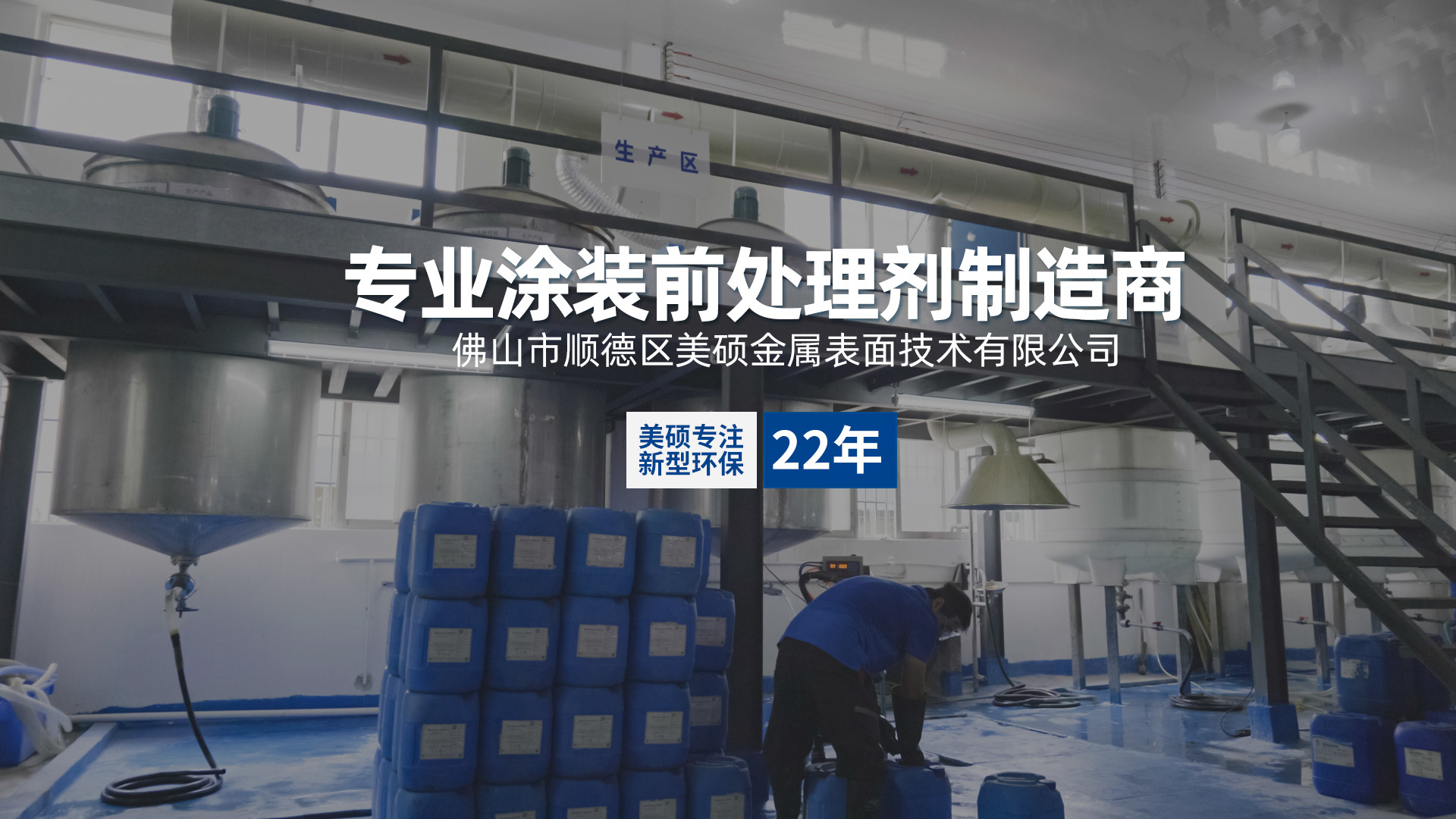The Difference of Phosphating Agent
Release time:
2023-04-12 10:41
Now a lot of phosphating agent, so we are not unfamiliar with phosphating agent, but we know the difference between good phosphating agent and poor quality phosphating agent. However, good phosphating agents are quite different. Good phosphating agent has more advantages in use effect and cost, so, let's understand the difference between the advantages and disadvantages of phosphating agent together!

1. The coating speed is fast. Compared with inferior surface adjustment, good surface adjustment can completely coat the film in a short time, especially on the spraying line. Its advantages are inferior surface adjustment can not be compared.
2, good anti-rust performance, due to the high quality surface conditioning gel peptide particles have reached the nanometer level, high activity, the resulting phosphating nucleus is extremely fine, so it has a strong anti-rust performance.
3. Cost saving and good surface adjustment quality. Due to the dense phosphating film, it will not produce secondary crystallization. In the case of good anti-rust performance, the amount of phosphating solution can be reduced. According to the analysis of experimental data and the actual use of customers can save 10% of the phosphating solution. Because the phosphating film is thin and dense, it is also a big advantage for saving paint. Compared with powder spraying, due to the thicker coating and the operating habits of spraying personnel, there is no particularly obvious advantage in paint saving, but for automated liquid spraying such as electrophoresis, the paint saving effect is significant.
4, long service life, because the good quality of the surface of the gel peptide particles to achieve nanoscale, the same content of gel peptide particles due to finer particles, more active ingredients, and the surface contains a variety of imported stabilizers, water quality regulators can prevent the aggregation of gel peptide particles and precipitation. Therefore, good surface adjustment can be stopped for half a month, thus prolonging the service life, which is not achieved by inferior surface adjustment.
The production and application of phosphating agent has a strict process flow, and a little improper operation will directly affect the product quality and use effect. Such problems also exist in actual production and must be improved in time. In order to ensure the preparation and use of the phosphating solution, in practice, in order to improve the efficiency, the prescribed process is not operated, which not only fails to achieve the expected effect, but also shortens the service life of the phosphating solution. Therefore, it is very important to optimize the process involved, and it should be adjusted on the basis of maintaining the original design as much as possible, while meeting production requirements.
The effect of phosphating agent in different processes is different. If the operation is good, not only the phosphating quality is good, but also it is of great help to reduce energy consumption and cost. So don't simplify the operation process at will, which will bring a lot of bad hidden dangers. For example, the grain size of the phosphating film is too coarse or too fine, the free acid content is too high, and the phosphate content in the solution is insufficient, which will affect its corrosion resistance. If it is to be improved, it is still necessary to adjust the ratio of free acid to total acid. Reduce the content of free acid, strengthen the neutralization and washing process.
Phosphating agent
Other News
2023-04-12
2023-02-08
2023-01-10


